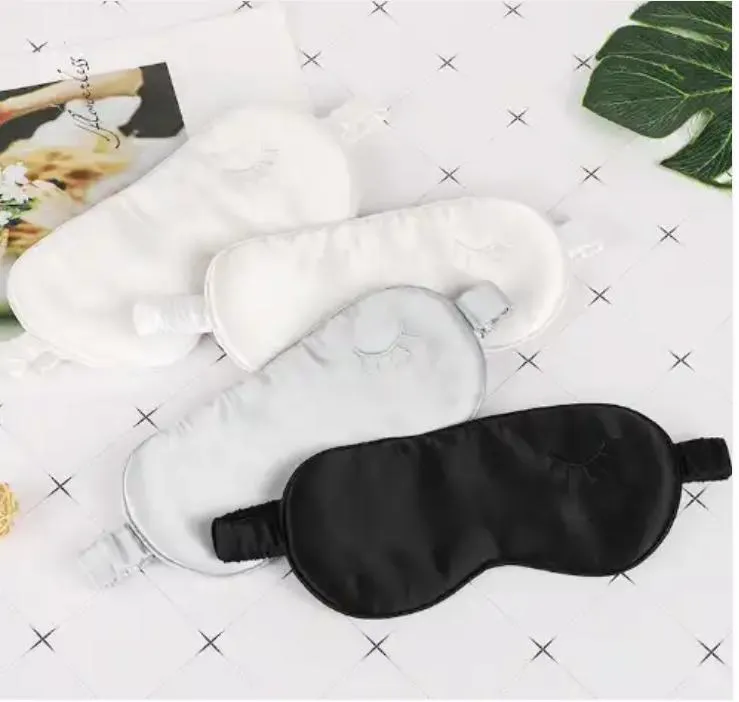Understanding the Different Varieties of Silk Fabric
снеж . 13, 2024 15:20 Вярнуцца да спісу
Understanding the Different Varieties of Silk Fabric
Silk is one of the most luxurious and timeless fabrics known for its soft texture, lustrous shine, and versatile use in fashion and home decor. Whether you are looking to buy silk, explore the types of silk, or understand its various applications, it’s important to know that not all silk fabrics are created equal. There are several types of silk, each with unique characteristics, textures, and production processes. This article will provide an in-depth look at the different silk types, their properties, and how to choose the best silk for your needs.

1. Mulberry Silk
Mulberry silk is the most well-known and highest quality silk available. It is produced by silkworms that are fed exclusively on mulberry leaves, which gives the silk its smooth texture and brilliant shine. Mulberry silk is also hypoallergenic, making it an ideal choice for sensitive skin.
Features of Mulberry Silk:
- Soft, smooth, and lustrous.
- High durability.
- Smooth texture and rich sheen.
- Hypoallergenic and non-irritating to the skin.
- Widely used for high-end bedding, clothing, and accessories.
Applications:
- High-quality silk garments (dresses, scarves, ties).
- Luxury bed sheets, pillowcases, and comforters.
2. Tussah Silk
Tussah silk is produced by silkworms that feed on oak and juniper leaves, giving the fabric a slightly coarser texture compared to mulberry silk. It is often referred to as "wild silk" because the silkworms are not farmed and instead gather in the wild. Tussah silk has a more natural, earthy color and is generally more affordable than mulberry silk.
Features of Tussah Silk:
- Coarser and more textured than mulberry silk.
- More natural, muted color range (shades of gold and brown).
- Less lustrous but still beautiful and durable.
- Less expensive than mulberry silk.
Applications:
- Rustic or eco-friendly fashion garments.
- Home textiles like curtains and upholstery.
3. Charmeuse Silk
Charmeuse silk is known for its shiny, smooth, and reflective surface, which makes it a favorite choice for evening wear, lingerie, and luxury home textiles. The fabric is produced by weaving silk fibers in a way that results in a glossy front and matte back. This type of silk drapes beautifully and feels soft against the skin, giving garments a fluid and elegant look.
Features of Charmeuse Silk:
- Glossy and smooth surface.
- Luxurious and elegant appearance.
- Soft and flowing drape.
- Often used in eveningwear, gowns, and lingerie.
Applications:
- Luxury clothing and evening dresses.
- Lingerie and sleepwear.
- Luxury cushions and pillow covers.
4. Crepe Silk
Crepe silk has a unique texture created by twisting the fibers during weaving, resulting in a slightly crinkled, textured fabric. This type of silk is lightweight and has a slight stretch, making it suitable for a variety of garments. Crepe silk is also highly versatile, offering a natural stretch without losing its shape.
Features of Crepe Silk:
- Slightly crinkled or wrinkled texture.
- Lightweight and breathable.
- Natural stretch and drape.
- Slightly matte finish.
Applications:
- Dresses, blouses, and skirts.
- Formalwear and casual wear.
- Accessories like scarves and shawls.
5. Satin Silk
Satin silk is made by weaving silk fibers in a way that creates a smooth, lustrous surface that reflects light. The fabric is slippery, shiny, and often used to create glamorous, high-shine garments. Satin silk is used for both evening wear and bridal gowns because of its luxurious look and feel.
Features of Satin Silk:
- Extremely glossy and reflective.
- Soft, slippery feel.
- High-end look that drapes beautifully.
- Slightly heavier than charmeuse.
Applications:
- Evening gowns, prom dresses, and bridal wear.
- Luxurious accessories like handbags and hairbands.
6. Silk Organza
Organza is a lightweight, sheer fabric made from twisted silk fibers. It is known for its crisp texture and slightly stiff feel. While it may not be as soft as other silk types, silk organza is incredibly versatile and can be used to add volume to clothing or as an overlay in designs.
Features of Silk Organza:
- Lightweight and sheer.
- Crisp and stiff texture.
- Adds volume and structure to garments.
- Often used as an overlay or for decorative purposes.
Applications:
- Wedding dresses and veils.
- Eveningwear with sheer overlays.
- Decorative accessories like ribbons and bows.
7. Silk Georgette
Silk georgette is a lightweight, semi-sheer fabric known for its slightly crinkled surface. It is often used for delicate clothing and is highly breathable, making it a great choice for warmer climates. Georgette silk is less shiny than satin or charmeuse silk, giving it a more matte, subtle look.
Features of Silk Georgette:
- Slightly crinkled, matte finish.
- Lightweight and breathable.
- Soft drape that falls gracefully.
- Semi-sheer, creating a delicate, layered effect.
Applications:
- Dresses, blouses, and skirts.
- Layered garments and scarves.
- Soft, flowing accessories like shawls and wraps.
шоўк is an incredibly versatile and luxurious fabric that can be used for a variety of applications, from high-fashion garments to elegant home decor. Whether you are looking for soft and shiny satin silk, lightweight georgette silk, or luxurious mulberry silk, there is a type of silk fabric to suit every need.
-
Wholesale Custom Pure Linen Womens Halter Top Shirts&Pajamas
НавіныNov.17,2025
-
Indian Block Print Napkins | Factory Direct OEM/ODM
НавіныNov.17,2025
-
Printed Cloth Napkin – Custom Designs, Bulk & Wedding Ready
НавіныNov.10,2025
-
Indian Block Print Napkins – Handmade, Wholesale, OEM/ODM
НавіныNov.10,2025
-
OEKO Bamboo Bedding Set: Cooling, Hypoallergenic Comfort
НавіныNov.10,2025
-
Indian Block Print Napkins – Handcrafted Linen, Wholesale
НавіныNov.10,2025
